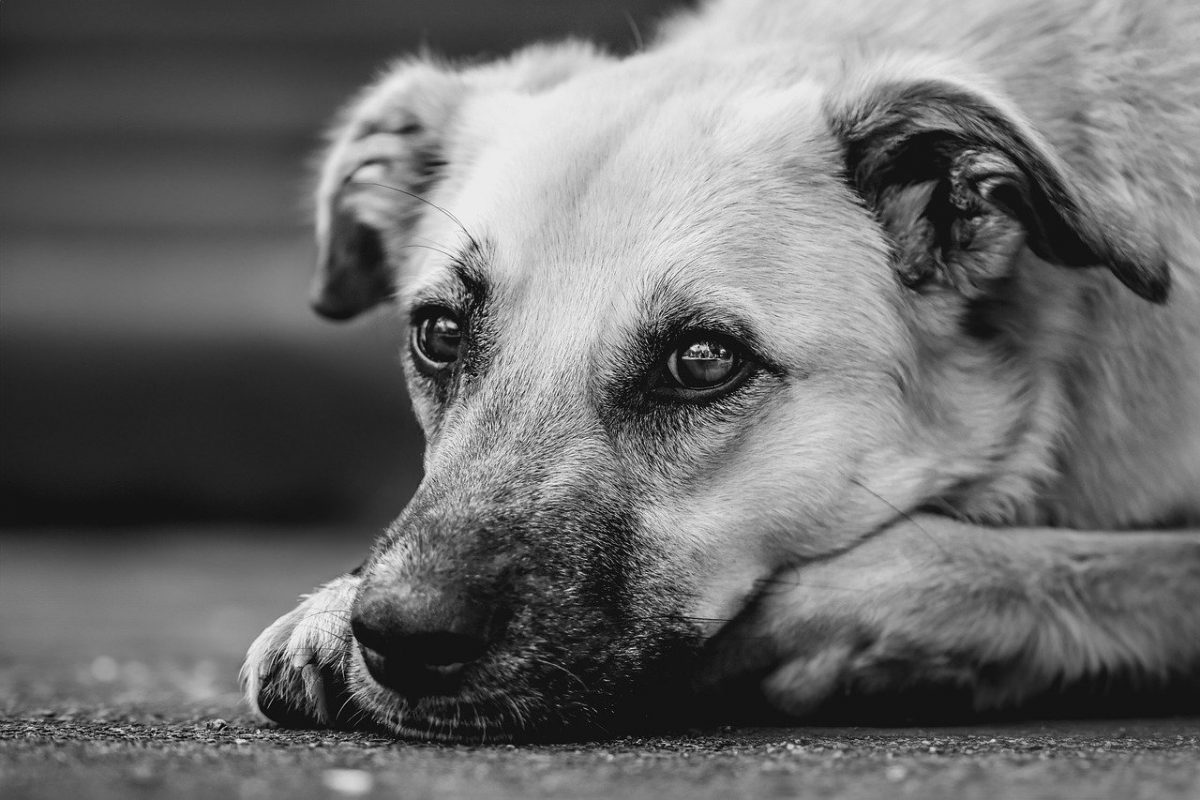Separation anxiety is one of the most common behavioral issues in dogs, affecting both pets and their owners. It can manifest as destructive behavior, excessive barking, or even self-harm, and if left unaddressed, it can severely impact your dog’s well-being and your peace of mind. Understanding, diagnosing, and treating separation anxiety is essential for creating a happier home environment for both you and your furry friend.
What is Separation Anxiety in Dogs?
Separation anxiety occurs when a dog experiences extreme stress or fear when left alone or separated from their primary caregiver. Unlike simple boredom or mischief, this anxiety is rooted in a dog’s deep attachment to their owner. Symptoms can range from mild stress signs to severe panic attacks.
Common symptoms include:
-
Excessive barking or howling when alone
-
Destructive behavior such as chewing furniture or scratching doors
-
Attempting to escape confined areas
-
Pacing or restlessness
-
Drooling, panting, or shaking
-
Urinating or defecating inside the house despite being house-trained
Recognizing these signs early is key to preventing long-term behavioral issues.
Diagnosing Separation Anxiety
Diagnosing separation anxiety requires careful observation and sometimes professional assessment. Unlike medical conditions that can be confirmed with tests, behavioral disorders rely on patterns and context.
Steps for diagnosis:
-
Behavioral Observation: Take note of when your dog exhibits stress behaviors—specifically when you prepare to leave or are absent.
-
Rule Out Medical Causes: Some medical conditions, such as urinary tract infections, can mimic anxiety symptoms. A veterinary check-up is essential.
-
Video Monitoring: Use cameras or pet monitors to record your dog while you’re away. This provides a clear picture of their behavior in your absence.
-
Professional Evaluation: A certified veterinary behaviorist or experienced trainer can help determine if your dog’s behavior qualifies as separation anxiety.
Causes of Separation Anxiety
Separation anxiety can develop due to a variety of factors:
-
Changes in routine: Moving, a new family member, or a change in work schedule can trigger anxiety.
-
Early experiences: Puppies separated too soon from their mothers or littermates may struggle with independence.
-
Trauma or loss: Dogs who have experienced abandonment, rehoming, or loss of a bonded companion can develop attachment-related anxiety.
-
Inherited temperament: Some breeds, like Labrador Retrievers and German Shepherds, may be more prone to anxiety due to their strong attachment tendencies.
Effective Treatment Strategies
Treating separation anxiety often requires a combination of behavioral modification, environmental adjustments, and sometimes medication. Patience and consistency are key.
1. Gradual Desensitization
Gradual desensitization involves slowly getting your dog used to being alone. Start with short periods of separation and gradually increase the duration while rewarding calm behavior.
2. Counterconditioning
Pairing your absence with positive experiences, such as special treats, puzzle toys, or interactive feeders, can help your dog associate alone time with something enjoyable rather than stressful.
3. Create a Safe Space
Provide a comfortable, secure area where your dog feels safe. This could be a crate, a specific room, or a corner with their favorite bed and toys.
4. Exercise and Mental Stimulation
A tired dog is a calmer dog. Regular physical exercise, along with mental enrichment like scent games or obedience training, can reduce overall anxiety.
5. Consistency in Departures and Arrivals
Avoid emotional goodbyes or overexuberant greetings, as these can reinforce anxious behavior. Maintain a calm, predictable routine.
6. Professional Assistance and Medication
In severe cases, veterinarians may prescribe anti-anxiety medications to help manage symptoms while you implement behavioral strategies. A combination of therapy and medication often yields the best results.
Preventing Separation Anxiety
Prevention is easier than treatment. Encourage your dog to develop independence from an early age. Gradually practice leaving your dog alone for short periods, rewarding calm behavior, and maintaining a consistent daily routine.
Separation anxiety is not just a behavioral nuisance—it’s a genuine emotional struggle for your dog. Early recognition, patience, and a structured approach to treatment can dramatically improve your dog’s quality of life. By combining behavioral strategies, environmental adjustments, and professional guidance, you can help your dog feel safe, secure, and confident—even when you’re not around.
Helping your dog manage separation anxiety isn’t just about stopping destructive behavior; it’s about nurturing a stronger, happier bond with your loyal companion.



